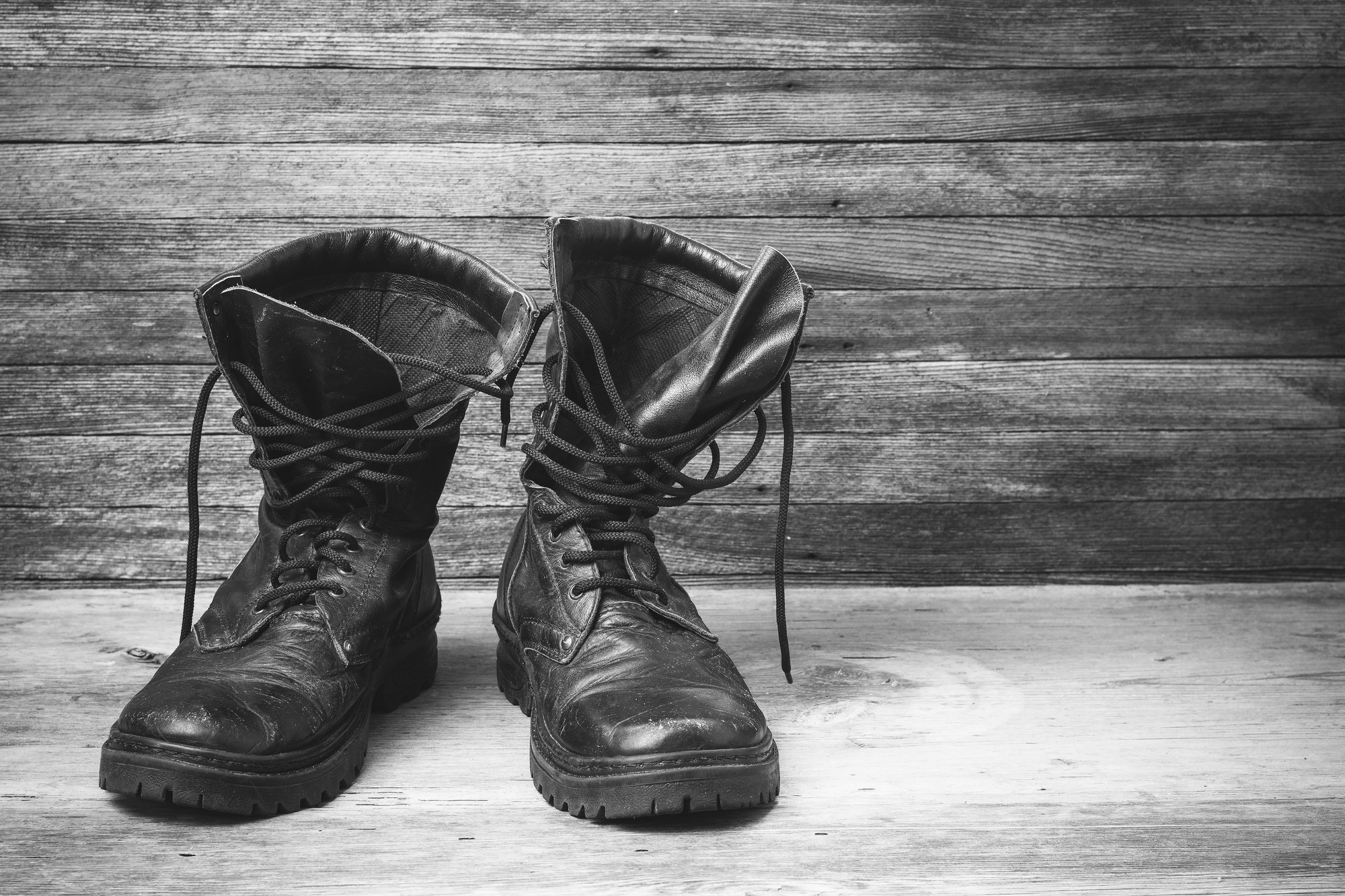All about the Staten Island Neighborhood Fort Wadsworth:

Staten Island is broken down into 14 different zip codes from 10301 to 10314 and into 67 different neighborhoods. Throughout this series of blogs, we will be discussing each and every neighborhood on Staten Island as well as breaking down the history, what stands there today and transportation and what community district it falls into. Staten Island is broken up into three different community districts which are: North Shore, Mid-Island, and South Shore.
Today we will be breaking down all the history about the Staten Island neighborhood, Fort Wadsworth. This neighborhood is home to the North Shore and to the zip code 10305. is a former American military outpost on Staten Island in New York City. It is located on The Narrows, which separate Upper and Lower New York Bay.
This location makes it a natural point of defense for Upper Bay and Manhattan beyond. It claimed to be the longest continuously garrisoned military facility in the United States before shutting in 1994. It was given its current name in 1865 in memory of Brigadier General James Wadsworth, who had died in the Battle of the Wilderness during the American Civil War. It consists of many defenses, notably Fort Tompkins and Battery Weed. Fort Wadsworth is currently a component of the Staten Island Unit of the National Park Service's Gateway National Recreation Area.
Blockhouses were initially erected on the property for military purposes in 1655 on Signal Hill, which is now the location of Fort Tompkins, by Dutch immigrant David Pieterszen de Vries. Another blockhouse, constructed in 1663, is reported to have existed at the location constantly since then, at least until 1808. Flagstaff Fort was established during the American Revolution; it was taken over by the British in 1776 and remained under their control and expansion until the war's end in 1783. Four forts were erected on the site using state funds after it fell under the control of New York State in 1806, when it was ready for use in 1808 despite being unfinished.
These included the red sandstone Forts Richmond, Tompkins, and Forts Morton and Hudson, which were built on the same locations as the current forts but were of a different design. Together, the four forts could accommodate 164 cannons. The 1663 blockhouse was then housed inside a red sandstone fortification at Fort Tompkins. Both of the forts were quite different from their Third System successors, with Fort Tompkins being a regular pentagon with round bastions and Fort Richmond being initially semicircular. These forts were built contemporaneously with the second system of seacoast fortifications established by the federal government, although they were not included in it. Forts Richmond and Tompkins were not rebuilt by the federal government until 1847.
Staten Island's home county, Richmond, inspired the naming of Fort Richmond. Daniel D. Tompkins, the governor of New York during the War of 1812, is honored with the name Fort Tompkins. Fort Morton may have been named in honor of Major General Jacob Morton, who led the militia of the state of New York during the War of 1812. Henry Hudson, a British-born explorer for the Dutch East India Company who explored the river that bears his name, inspired the naming of Fort Hudson.
New York State built on Fort Richmond and the forts nearby during the War of 1812. Funds were allocated in 1814 to finish Forts Richmond and Tompkins, and by 1815, there were reportedly 900 guns gathered in the region. In the conflict, New York City was not invaded, hence the forts never opened fire in retaliation.
The US coast fortifications were to be greatly improved, with a new generation of contemporary breech-loading rifled cannons and several new gun batteries, according to the recommendations of the 1885 Board of Fortifications, commonly known as the Endicott Board and presided over by Secretary of War William C. Endicott. The majority of the Board's suggestions, including significant alterations and enhancements for Fort Wadsworth, were included in the Endicott program. The fort joined the New York Artillery District, which was renamed the Coast Defenses of Southern New York in 1913. In General Order No. 16 on February 4, 1902, the Endicott Program included renaming the whole fort area as Fort Wadsworth, with the previous Fort Richmond becoming Battery Weed.
Fort Wadsworth played a significant role as the largest fort defending New York City after the United States entered World War I. Some batteries were told to be prepared to fire continuously. In order to supply personnel for heavy and railway artillery units headed for the Western Front, the majority of CONUS coastal forts had to downsize their garrisons. Fort Wadsworth didn't seem to experience this.
All US coast artillery was destroyed after World War II. The 102nd Anti Aircraft Artillery Brigade's headquarters for the air defense of New York City were located at Fort Wadsworth from 1948 to 1952. It served as the 52nd Anti Aircraft Artillery Brigade's headquarters from 1952 to 1960, when the Brigade relocated to Highlands Air Force Station. Despite serving as the Nike missile program's command center from 1952 to 1964, Fort Wadsworth was devoid of any missiles. The United States Army Chaplain School was located there at the time, and Fort Tompkins also housed the Fort Wadsworth Museum, which offered free displays tracing the development of the fort and the American Army.
In 1979, the site was handed over to the US Navy, who utilized it as Naval Station New York's administrative center. The site was given to the National Park Service as part of the Gateway National Recreation Area in 1995 after the Navy vacated it as a consequence of the Base Closure and Realignment Commission procedure. Following the closing of the Atlantic Area headquarters and base at Governors Island in 1996, the New York-based activities of the United States Coast Guard relocated to Fort Wadsworth as tenants in some of the structures and residences that had previously been held by the Navy. Sector New York and Maritime Safety and Security Team 91106 of the United States Coast Guard are now based there as of 2007. Several structures on the fort are occupied by the United States Army Reserve. Other structures host the National Park Service's administrative and educational facilities as well as the activities of the United States Park Police.
Brigadier General Stephen H. Weed, who died at Gettysburg in 1863, inspired the name Battery Weed. The following batteries were completed at Fort Wadsworth between 1896 and 1905. Battery Weed, located directly on the port, and Fort Tompkins, located on the cliff above, are both historic buildings. They both date from the middle of the 19th century and are exclusively accessible to the public on guided excursions. There are a number of minor coastal artillery batteries from the early 20th century and an overlook with sweeping views of the Upper Bay, Brooklyn, and Manhattan. In close proximity to the Father Capodanno Chapel in the fort is a memorial to Father Vincent R. Capodanno, a Navy chaplain from Staten Island who died while serving with the 1st Battalion 5th Marines in Vietnam and was awarded a posthumous Medal of Honor. Currently, the National Park Service operates a visitors' center on the property and provides ranger-led tours of the amenities. The Fort Tompkins Quadrangle and Battery Weed are two of the fort's locations that are included on the National Register of Historic Places. In 2022, the whole Fort Wadsworth complex was added to the National Register. As you may see, Staten Island exudes so much history that is still honored throughout our neighborhoods.

Looking to buy or sell your home on Staten Island? For all your real estate needs, look no further than Tom Crimmins Realty! Give us a call at (718) 370-3200, and we can provide you with professionally-trained agents who are flexible to all that you’re looking for!
Posted by Tom Crimmins Realty on
Leave A Comment